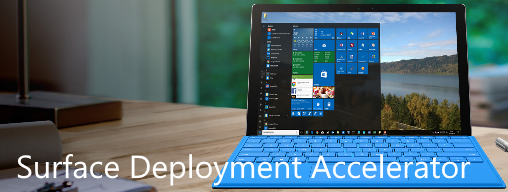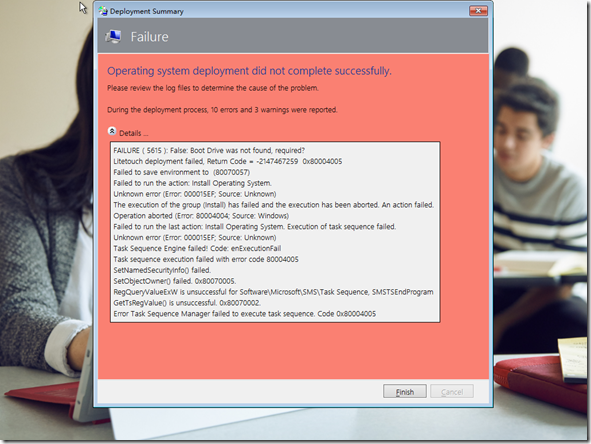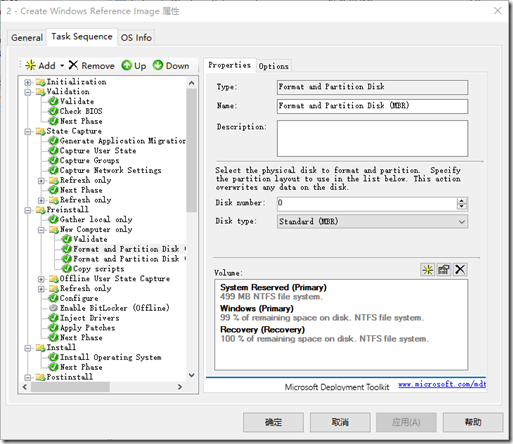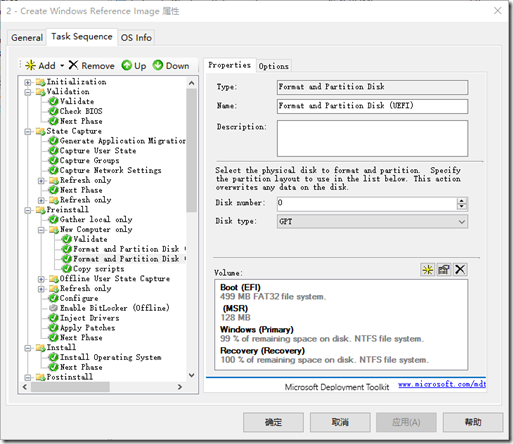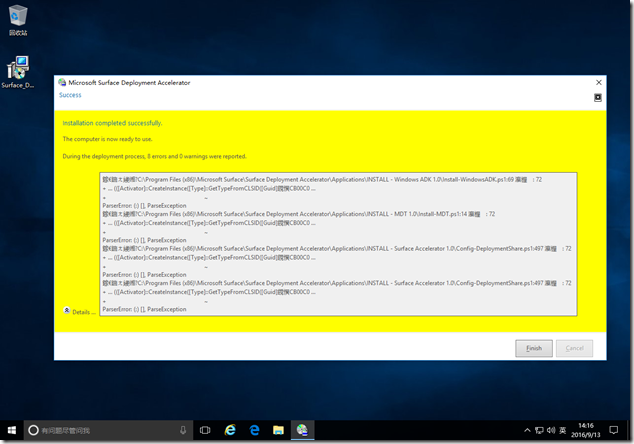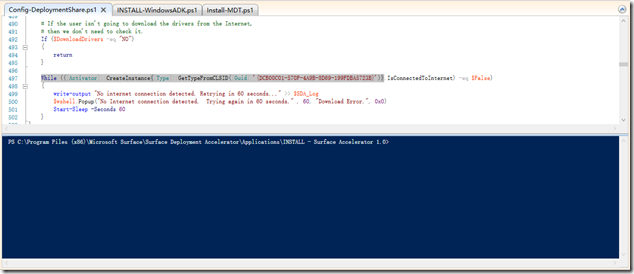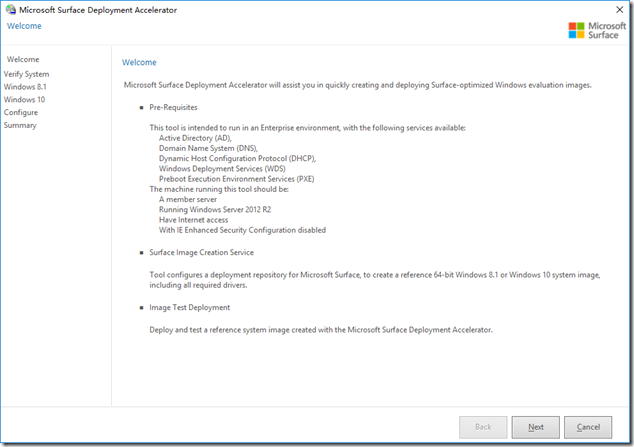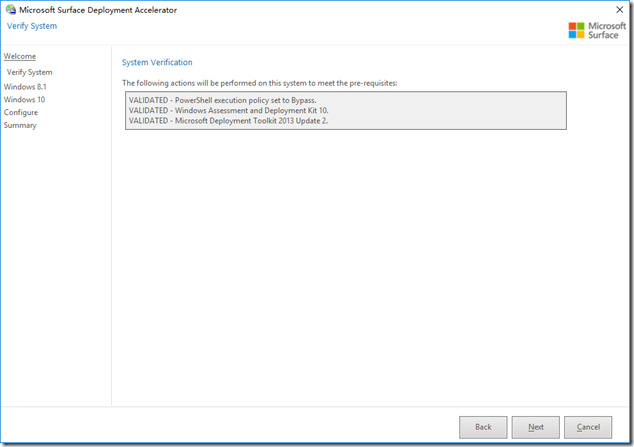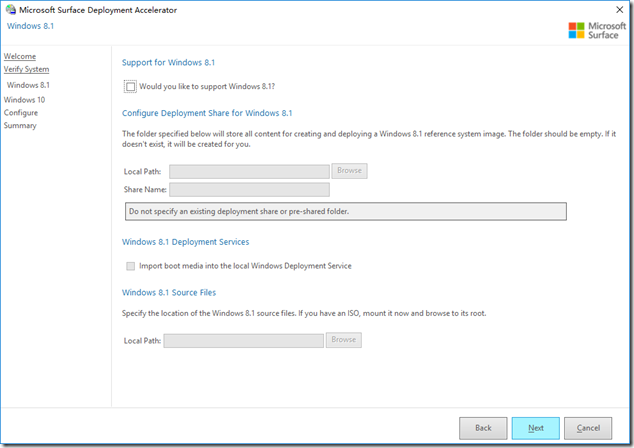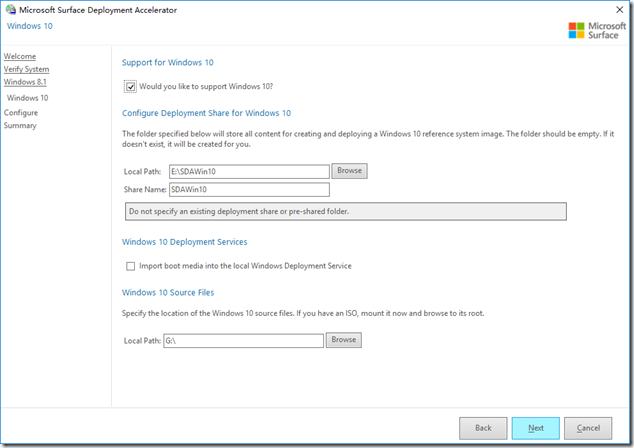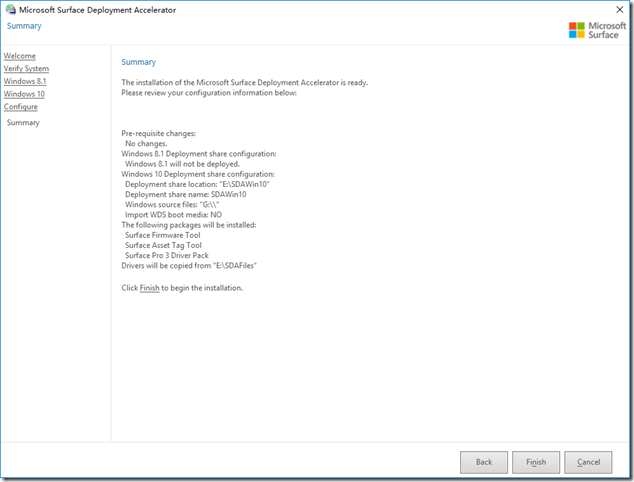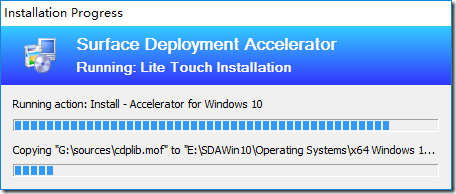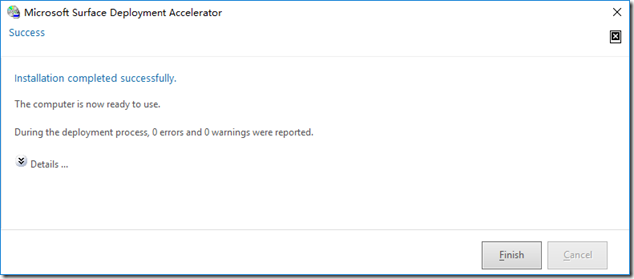HOWTO: 解决 Surface Deployment Accelerator 的 Boot Drive was not found 错误
HOWTO: 解决 Surface Deployment Accelerator 的 Boot Drive was not found 错误
在 Surface Deployment Accelerator 的道路上处处是坑,之前才出了因标点符号编码错误引发的脚本执行错误,这还没走几部就遇到了“FAILURE (5615): False: Boot Drive was not found, required?” 错误!
SDA 的初始化其实就是自动创建一个适用于 Surface 设备部署的 MDT 部署点,所以在任务序列中会自动添加两个基本任务:1 – Deploy Microsoft Surface 和 2 – Create Windows Reference Image。gOxiA 在测试第一个任务时并未发现异常,知道开始测试第二个任务序列才遭遇到上面的错误,提示找不到引导驱动器。这个问题还是比较容易排错的,在测试客户端上使用 diskpart 检查磁盘,发现任务默认创建的分区有异常,随后在 MDT 中检查该任务序列,发现 Preinstall – New Computer only 组下只有一个分区格式化任务序列,真搞不懂这次是也是因为编码问题所致吗?怎么很明显的感觉是人为挖坑呢?!
不管是人为还是什么原因,免费的解决方案还能过多要求什么呢?!自己动手改改就好,修正并创建两个分区格式化任务,一个针对 MBR,另一个则针对 UEFI。两个任务通过选项添加变量条件进行识别并执行。
如上图所示,在 MBR 类型的任务选项中添加一条 Task Sequence Variable Condition,其中 Variable 为 IsUEFI,Condition 为 not equals,Value 为 True; UEFI 类型的条件则相反。最后修正分区格式化任务的卷设置,通常 MBR 类型是 499MB 为引导分区(FAT32),99%系统分区(NTFS),剩余 1%(实际创建时填写 100%) 为恢复分区(NTFS);而 UEFI 类型是 499MB 为引导分区,128MB 的 MSR 分区,99% 的系统分区和 1% 的恢复分区。
HOWTO: 解决中文环境 Surface Deployment Accelerator 初始化错误
HOWTO: 解决中文环境 Surface Deployment Accelerator 初始化错误
上一篇日志《Surface Deployment Accelerator - 安装》,gOxiA 介绍了 SDA 的安装和初始化,期间也是跳了不少坑,如果有开始体验的同学恐怕也会遇到一样问题,例如在中文系统环境下初始化配置时就会遇到莫名其妙的故障问题,如下图所示:
从错误提示上来看并无太明显的线索,ParserError 也没有给出具体的所以然,就是一堆乱码!以为是网络问题,还专门检查了网络也没有实质进展,看来还是只能从错误提示上找原因。报错的三个文件分别是:Install-WindowsADK.ps1、INSTALL-MDT.ps1、Config-DeploymentShare.ps1。除了开头乱码外,末尾 CLSID 值也包含乱码而且三个文件均在 CB00C0 位置。
使用 PS 编辑器查看还像没什么问题,搜索 CB00C0 发现三个文件都存在这个 CLSID,而且单引号看起来像全角符号,联想到错误中的乱码问题,恐怕就是编码问题,果然当使用 Emeditor 编辑时提示要使用什么编码打开,问题算是找到了。接下来解决起来就容易很多,先新建一个 PS 扩展名的文本文件,并使用 UTF-8 格式 保存,然后在 PS 编辑器中修正编码错误的单引号,然后复制所有内容到 Emeditor 中,保存并进行覆盖即可。
重新执行 Surface Deployment Accelerator 初始化向导,便可完成配置。
Suface Deployment Accelerator - 安装
Surface Deployment Accelerator - 安装
Surface Deployment Accelerator(以下简称:SDA)是微软针对 Surface 商业用户发布的一个系统部署加速器,它是一款免费的部署工具,可自动创建和配置将 Windows 部署到 Surface 系列电脑所需的一切内容。旨在帮助 IT 人员快速将 Surface 系列电脑部署到企业环境中。
作为一款针对 Surface 设备的软件工具,SDA 支持目前主流的 Surface 系列电脑,包括的型号有:
- Surface Book
- Surface Pro 4
- Surface Pro 3
- Surface 3
- Surface 3 LTE 系列版本
支持部署的操作系统版本:Windows 8.1、Windows 10
Surface Deployment Accelerator 的安装环境有特定的需求,必须满足以下的先决条件:
- SDA 应当安装在 Windows Server 2012 R2 或更高版本上
- PowerShell 脚本执行策略必须设置为“不受限制”
- Windows Server 2012 R2 环境下的网络上启用 DHCP 和 DNS
- Windows Server 2012 R2 应当能够访问 Internet,并且 IE 增强的安全配置应处于禁用状态
- Windows Server 2012 R2 应当安装 Windows 部署服务,以提供 PXE 请求
- SDA 部署时需要 Windows 8.1 或 Windows 10 的安装源
Surface Deployment Accelerator 按这样非常简单,首先从 Surface Tools for IT 下载页面下载 Surface Deployment Accelerator 安装包,然后在准备好的环境下执行安装。
安装完毕后在程序列表中找到“Surface Deployment Accelerator”程序项并执行它,之后便会开始运行配置脚本。熟悉 MDT 的朋友应该一眼就能看出来 SDA 其实就是基于 MDT 打造的。在欢迎页面 SDA 给出了环境要求。其实在实践中直接安装在 Windows 10 上也是可以使用的,只是无法 PXE 网络引导。
第二步是验证系统,主要是三个部分:Powershell 执行策略、Windows ADK、MDT 2013 Update2,如果当前系统没有安装 ADK 和 MDT 接下来的步骤会先从 Internet 下载这两个软件,建议用户事先就安装好他们,避免因网络问题影响安装进度。
前面讲过,SDA 支持 Windows 8.1 和 Windows 10 的部署,如果接下来的实践中不涉及 Windows 8.1,可以选择略过直接在 Windows 10 支持选项页面进行选择。注意:两者必选其一否则无法继续!
在Windows 10 支持选项页面上,用户需要指定部署点本地路径,本例中 gOxiA 在 E 盘创建了一个名为“SDAWin10”的目录,Windows 10 的安装源位于 G 盘。
接下来的体验配置选项页面选择要支持的 Surface 系列型号,可以进行多选,并选择附加的工具“Surface Firmware Tool”、“Surface Asset Tag CLI Utility” 以及“Office 365 Pro Plus”,注意如果使用预先下载好的 Surface 驱动和工具进行离线安装,那么将不支持 Office 365 Pro Plus 的复选。离线安装可以节省大量的时间,并确保安装进度不会因网络问题出现中断,要使用离线安装只需要将手工下载的工具和驱动保存在一个单独的目录即可,zip 压缩包方式的驱动无需进行解压。
虽然 gOxiA 是离线安装,但在接下来的安装过程里也好去了近10分钟的时间,因为过程涉及部署点的准备以及拷贝 Windows 安装源文件。
当安装结束后用户可以在 Summer 页面看到结果,点击“Finish” 完成安装。至此 SDA 安装完毕,要开始使用只需运行 MDT 的 Deployment Workbench,你会发现 SDA 已经对 MDT 部署点进行了预先的设置。所以用户如果要使用 SDA 加速部署 Surface,是需要对 MDT 有一定了解的。





